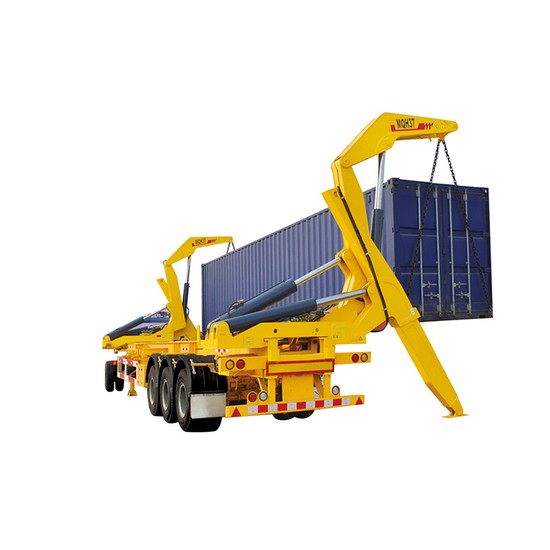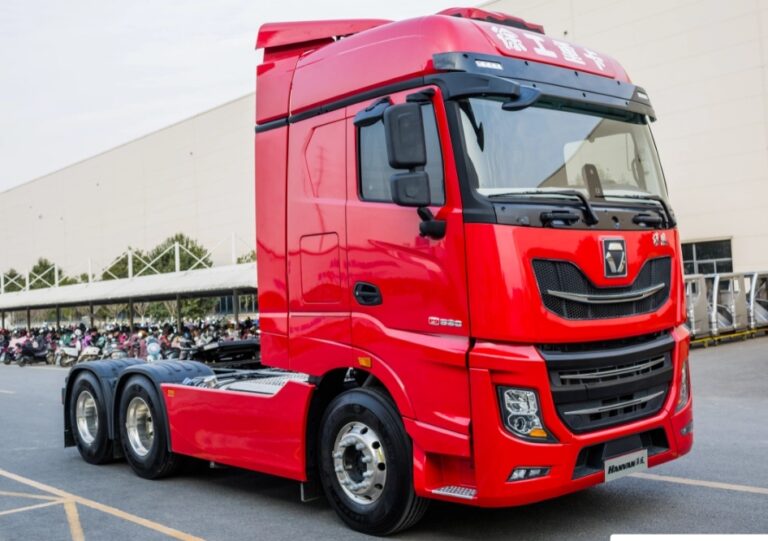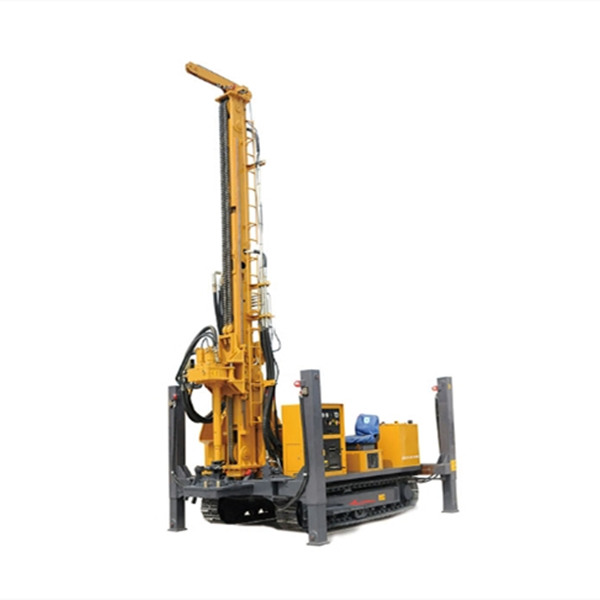How to choose a reliable used tractor, look here!
Trunk logistics, building materials, and construction machinery transportation are all inseparable from tractors. How to choose a suitable tractor to meet the cost-effective requirements of customers needs to consider two aspects of power transmission system and carrying capacity and then consider your own functional requirements to choose a vehicle that suits you.

Identify the cargo you pull most often
Knowing the goods you pull most often, you can basically know whether your tractor truck is often overloaded. For example, if a tractor pulls building materials or sand, it is very likely to be overloaded, so a heavy-duty tractor must be considered. The impact on the carrying capacity of the vehicle is mainly reflected in three aspects: the frame, the suspension, and the bridge. Of course, it is also related to tires, drive shafts, etc., but heavy truck companies will do corresponding matching, and users can ignore it; because each company’s product version division is different. There is no unified boundary between standard heavy-duty version, heavy-duty version and super-heavy-duty version, but the standard-duty version is generally below 55 tons, the heavy-duty version is between 55-70 tons or 65-90 tons, and the super-heavy-duty version is generally 55 tons Ton or less. The range of versions is greater than 70 tons or greater than 90 tons; heavy-duty tractors generally choose two-layer girder frames, and super-heavy tractors even choose three-layer girder frames, such as large tractors.
In terms of suspension, standard models can choose front and rear leaf springs or air suspension, which are lighter in weight; heavy vehicles can choose front and rear multi-leaf springs, and super-heavy vehicles need to choose reinforced suspension; corresponding to different load tonnages, you need to choose the corresponding Tonnage front and rear axles and wheel reduction axles.
Due to the different design tonnages of different versions of tractors, the heavy-duty version is heavier than the standard version, so the standard version of the tractor may often have problems when doing heavy work; the heavy-duty version pulls the standard load, and the economy and timeliness are relatively poor.

Know which way you travel most often and your usual speed
The expressways in plain areas are in good condition, with basically no or few slopes. The usual speed of the tractor is 80-100Km/h. For example, when running long distances in plain areas, high-horsepower engines and small speed ratio axles can be considered, and the speed and timeliness will be improved. On highways in hilly or mountainous areas, there are more hill climbs and the speed will be lower. For complex road conditions such as national highways, the speed of the vehicle is generally only 50-70Km/h, and the vehicle needs to have a certain overload capacity. It is recommended to choose a small speed ratio axle, and it is recommended to choose a double-stage axle.
Specifically, how to choose the parameters of the engine, gearbox, and axle needs to comprehensively consider the road conditions you often drive and the usual speed. You can refer to the data of engine economic speed zone, transmission top gear, climbing speed ratio and half shaft speed ratio. The home page provides a simple calculation tool, you can refer to it. In the past two years, the trend of increasing the power of tractors has become more obvious. On the one hand, it is driven by enterprises; for dedicated line users and short- and medium-distance transportation users, they should choose high-horsepower engines according to their own conditions, and should not follow blindly.
Do you have any special needs
This part can be considered from two aspects of chassis and cab. For example, the chassis needs to be equipped with daytime running lights, large fuel tank, large battery, front protection, etc. to meet convenience, safety or other special needs. In terms of aspects, it mainly reflects personalization and comfort, such as the installation of luxurious seats, reversing radar, large-screen video system, independent air-conditioning system, non-standard color of cab painting, cab color registration, etc. Users with these needs can choose the function configuration that suits them according to their own requirements and budget.







